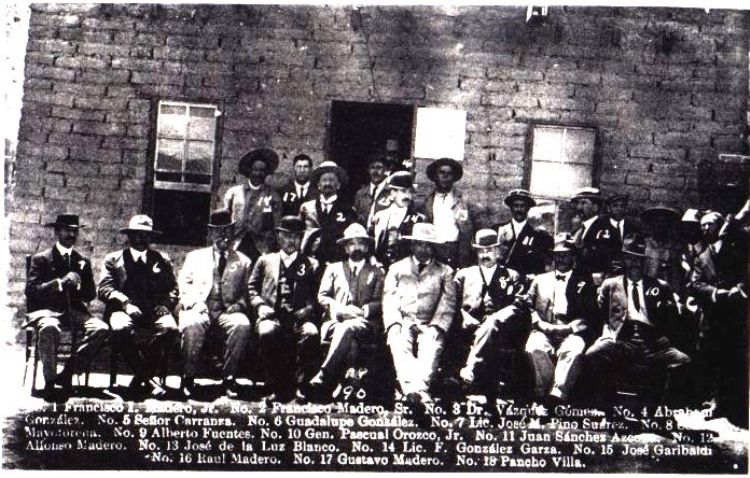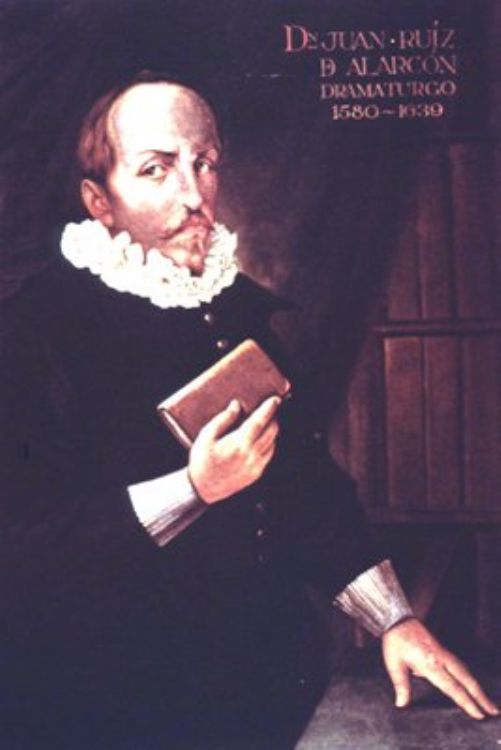The Analogous Blackout

The cessation of analog TV broadcasts is a reality in Mexico since December 31, 2015, when the old cathode ray TVs stopped receiving the UHF and VHF signals. This change has occurred in many countries around the world with variations about deadline and technique. There are cases like Mexico or the United Kingdom where the digital switchover was performed at different times by area (states) and others such as New Zealand and Denmark where it was realized in the entire country in one day. It is expected that by 2022 the analog switch off has been realized in most of the world except by a few countries in Africa and the Middle East, besides some Micronesia islands.
The change in transmissions was made mainly because the digital the TVs require less bandwidth to receive more data and better quality than the previous ones (five channels can occupy the spectrum previously used by 1) releasing frequency space for other uses (radio and internet) as well as improve the signal quality and definition.
The current television signal is called digital terrestrial television, can only be received by digital televisions (practically most of the flat plasmas, LCD and subsequents) and decoders that are tailored precisely to the old cathode ray TVs. The characteristics of the decoders and their prices vary greatly, as some of them can be used in more than one device and range between $ 500 and $ 1,000. An alternative is to receive the new signal using the pay satellite television or cable.
Speaking specifically about Mexico, political had influence on the deadline realization and was in the government of President Fox when the switchover with tentative date of 2021 was announced; term advanced in the presidency of Felipe Calderon. The signal change was done progressively starting from the north: in July 2013 at the northern state of Baja California was suspended the analog signal. The following disconnection occurred in May 2014, covering states like Nuevo Leon and Chihuahua among others. The intermediate states including Mexico City changed its signal on December 17, 2015 and the rest of the country at the end of the same year.
The characteristics of the Mexican population made the process more complicated, and although a governmental program for distribution of digital TVs was created, plus a large advertising campaign was made to raise awareness and provide information, financial assistance to poor people existed and costs of digital equipment has been reduced progressively; at the end many people were unable to see their programs mainly for economic reasons and other circumstances. Official figures speak of just over 2 million people. Some congressmen and governors sought to extend the period of transition from analog signal to avoid this problem, but since there was no realistic solution proposed, Mexico met the original deadline.
Mistakes like delivering a digital television to people who had no electricity, reselling them, double distribution to some users or giving devices to citizens of good economic capability were criticized to the SEDESOL program that distributed digital televisions; but these were few, less than 5% (although were undeniable) given the amount of over 13.8 million television delivered. Certainly a government effort that could have been better.
We have to point out that some of the advantages of the new digital television is that it increases competition in broadcast television, in addition to that cultural and low diffusion channels now reach more areas of Mexico, as in the case of Channel 11, which had no reception in states like Veracruz and Chiapas. It is also estimated that broadcasters are one of the actors who have now more expenses having to scan not only their current broadcasts but with the content stored over the years.
The new digital signal is certainly an opportunity for improvement the content and not only the resolution of programs, although some people only see the change as an unnecessary expense. It only remains fit and make good use of it. The government website for frequently asked questions about the analog switch off is:
http://www.tdt.mx/preguntas_tdt.php#sthash.QHJToTnf.dpbs
Article produced by the Editorial Team of "Explorando Mexico".
Copyright Explorando México, All rights reserved.




.jpg)

